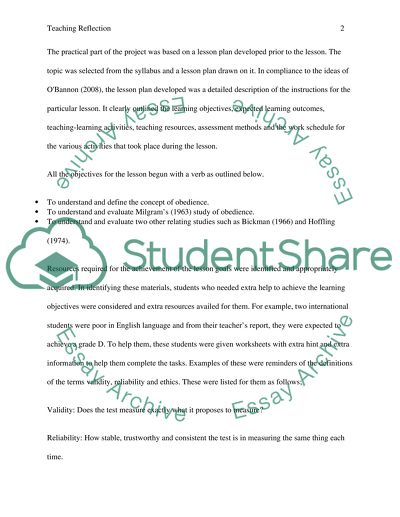Cite this document
(“The First Days of School: How to be an Effective Teacher Essay”, n.d.)
Retrieved from https://studentshare.org/psychology/1396937-teaching-reflection
Retrieved from https://studentshare.org/psychology/1396937-teaching-reflection
(The First Days of School: How to Be an Effective Teacher Essay)
https://studentshare.org/psychology/1396937-teaching-reflection.
https://studentshare.org/psychology/1396937-teaching-reflection.
“The First Days of School: How to Be an Effective Teacher Essay”, n.d. https://studentshare.org/psychology/1396937-teaching-reflection.


